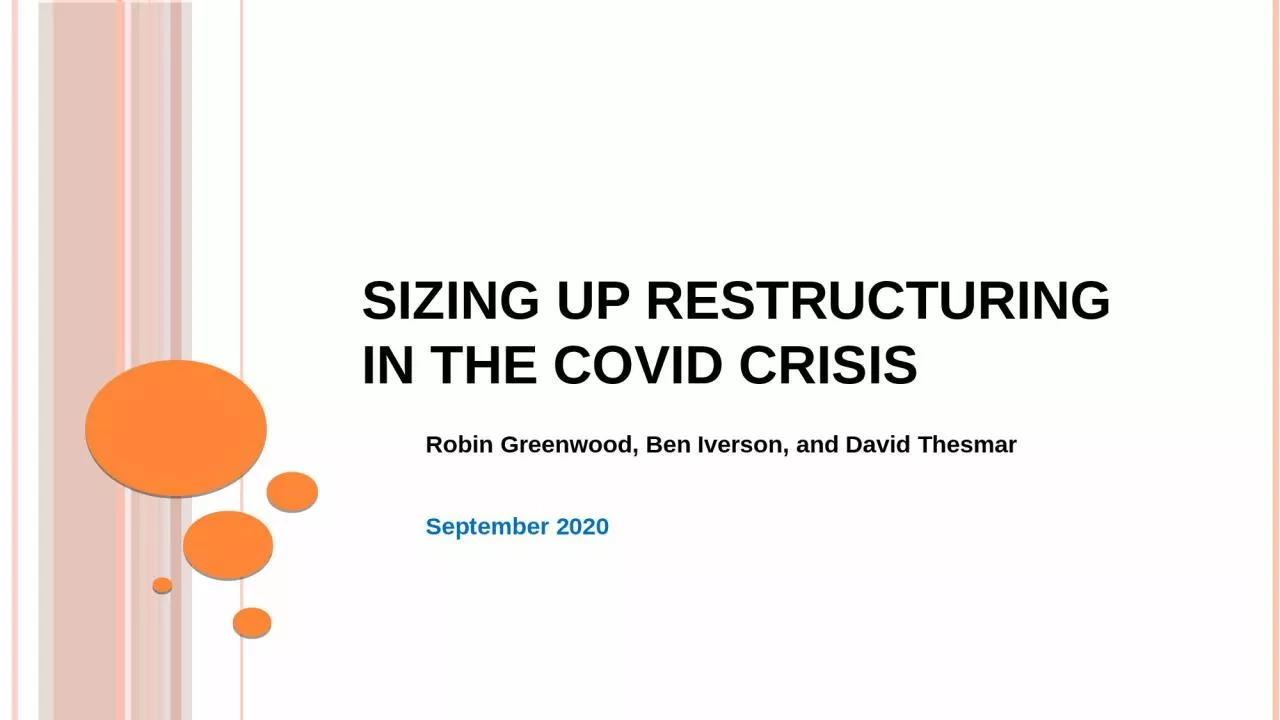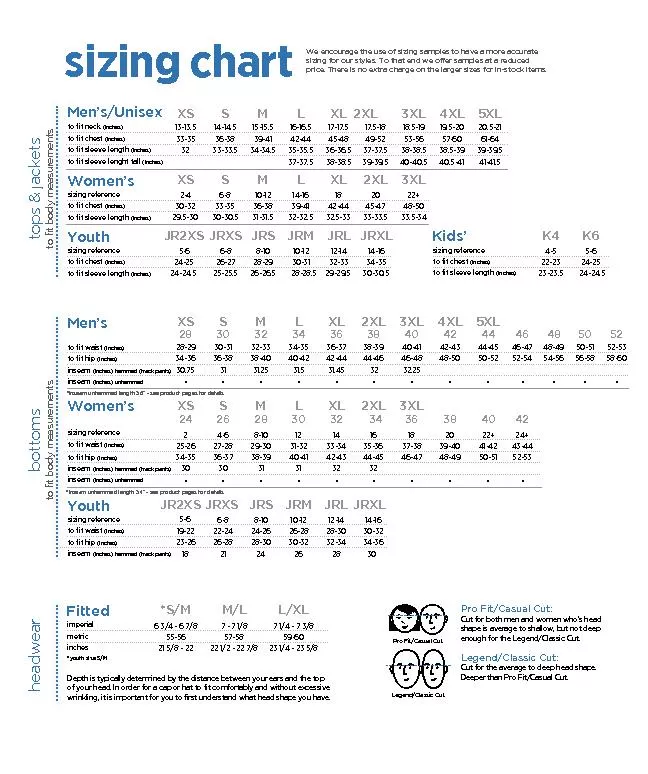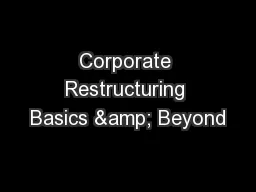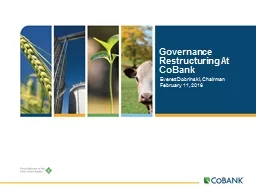PPT-Sizing up restructuring in the
Author : brianna | Published Date : 2023-11-07
covid crisis Robin Greenwood Ben Iverson and David Thesmar September 2020 The impact of covid19 on US businesses 2 Enormous macro shock on par with GFC But pace
Presentation Embed Code
Download Presentation
Download Presentation The PPT/PDF document "Sizing up restructuring in the" is the property of its rightful owner. Permission is granted to download and print the materials on this website for personal, non-commercial use only, and to display it on your personal computer provided you do not modify the materials and that you retain all copyright notices contained in the materials. By downloading content from our website, you accept the terms of this agreement.
Sizing up restructuring in the: Transcript
Download Rules Of Document
"Sizing up restructuring in the"The content belongs to its owner. You may download and print it for personal use, without modification, and keep all copyright notices. By downloading, you agree to these terms.
Related Documents














